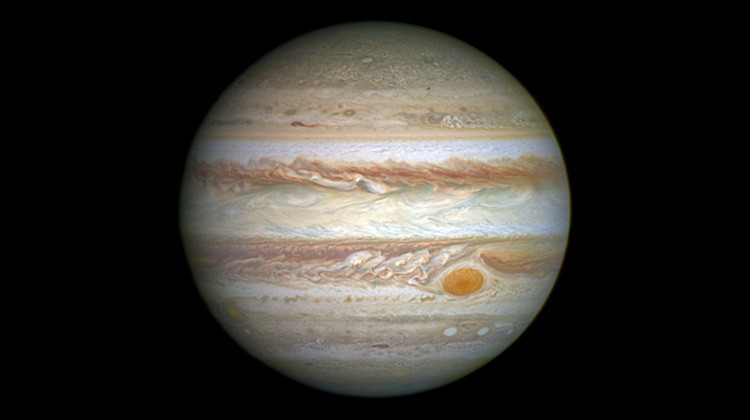Gibbous Moon and Planets
Update: 2020-09-25
Description
On Friday night, the moon rises just before 5pm, so by dark it will be high to the south/southeast. If you look at the moon on Friday night with a telescope or binoculars, look toward the shadow--what’s called the terminator, for details on craters and mountains--especially one of its more famous craters, the Tycho crater. One of the only craters you can really make out with the naked eye during a full moon--it’s the one with the spikes of impact ejecta coming off of it. On Friday night, that crater will fall right along the lunar terminator, so you’ll see a lot of good definition, including the central mountain peaks from the impact. Once you’re done looking at the moon on Friday night, you may notice a pale yellow point of light right above it. That’s Saturn. Just about any telescope, and even some binoculars will reveal Saturn’s rings and some of its moons. Larger telescopes will even show the Cassini Division--the dark gap between the two most visible rings. Once you’re done with Saturn, look just to the right, or further south for the second brightest object in the sky behind the moon. That’s Jupiter. A pair of modest binoculars will reveal its four largest moons--the ones Galileo discovered when he first looked at Jupiter through one of the earliest telescopes. If you have a larger telescope, you may want to observe Jupiter on Sunday night around 8pm when the Great Red Spot will be in view. Now these days, the Great Red Spot is more of a pale orange, but you can still make it out through decent telescopes with good magnification.
Oh, and Fall is a great time to watch the full moon rise. Look due East this coming Thursday October 1st just before 8pm for a dazzling show.
Oh, and Fall is a great time to watch the full moon rise. Look due East this coming Thursday October 1st just before 8pm for a dazzling show.
Comments
Top Podcasts
The Best New Comedy Podcast Right Now – June 2024The Best News Podcast Right Now – June 2024The Best New Business Podcast Right Now – June 2024The Best New Sports Podcast Right Now – June 2024The Best New True Crime Podcast Right Now – June 2024The Best New Joe Rogan Experience Podcast Right Now – June 20The Best New Dan Bongino Show Podcast Right Now – June 20The Best New Mark Levin Podcast – June 2024
In Channel














